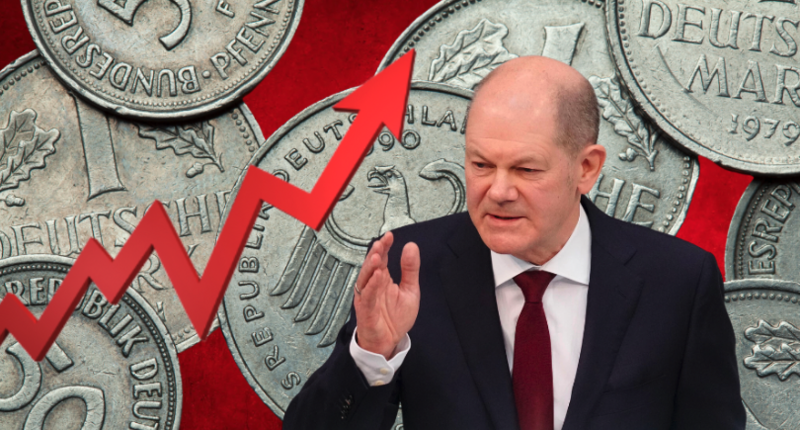Like us on Black Friday weekend, Germany is turning a blind eye to its credit limit and hoping everything turns out okay in the end.
Driving the news: Germany will suspend a constitutional limit on new borrowing for the fourth year running as it scrambles to fill a €60 billion hole in its climate-focused fund, which has sparked a debate over whether its “debt brake” is slowing down needed investments.
- Spending plans were thrown out of wack after a court ruled that the government could not use funds initially dedicated to pandemic spending for something else.
Catch-up: Many countries — though not Canada — have limits on the amount of debt they can take on, serving as a way to bring everyone on the same page with what’s being spent and help avoid excessive debt, which can hurt a country’s ability to borrow in the long run.
- The thing is, it’s possible to ignore these limits. The U.S. has raised its ceiling 78 times, and several EU countries carry far more debt than their limit of 60% of GDP.
Why it matters: Like many rich-world countries, Germany feels not-so-rich after years of rampant pandemic spending. Yet it’s facing new pressures to keep its economy growing with new investments (which, in Canada, means basically writing blank cheques for EV makers).
Bottom line: As governments try to borrow even more, the costs for servicing that debt (interest) are soaring — Germany’s government must now pay 3% to borrow for ten years. Around the world, the costs of interest alone make up a growing share of spending.—SB
